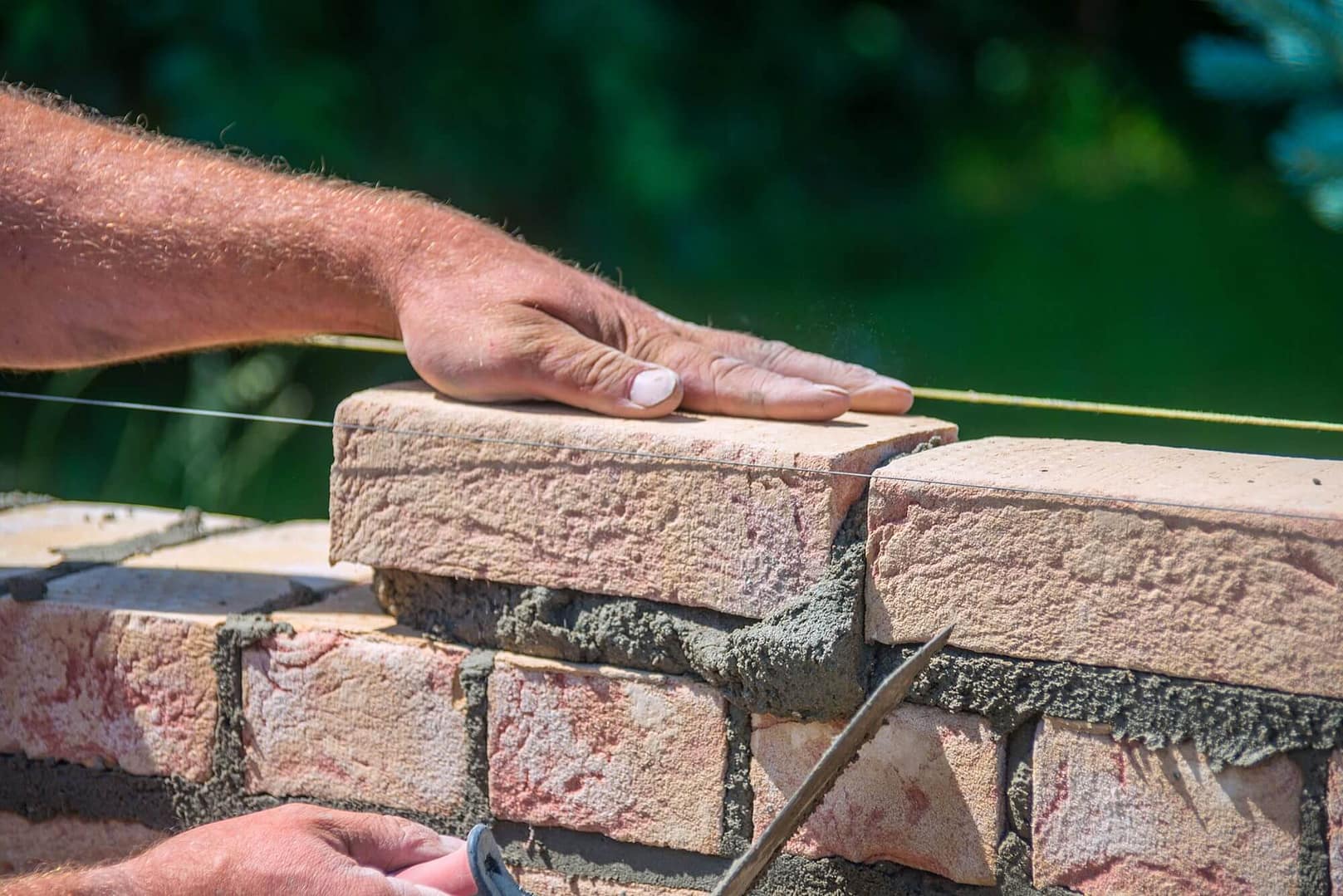Planning is the bedrock of a successful masonry project, encompassing crucial steps that dictate the project’s efficiency, quality, and outcome. This comprehensive article aims to delve into the intricacies of planning a masonry project, outlining essential considerations, steps, and strategies necessary for a seamless and successful endeavor.
1. Defining Project Objectives and Scope:
- Project Goals and Requirements:
- Clarify the project’s objectives, such as structural needs, aesthetic goals, and any specific requirements, to establish a clear vision.
- Scope Identification:
- Define the scope of work, encompassing the size, complexity, materials, and timeline for the masonry project.
2. Site Assessment and Preparations:
- Site Inspection:
- Conduct a thorough site assessment to identify conditions, evaluate terrain, access points, and potential challenges that may impact the project.
- Permitting and Regulations:
- Obtain necessary permits, ensuring compliance with local building codes, zoning regulations, and any legal requirements.
3. Material Selection and Procurement:
- Choosing Suitable Materials:
- Select appropriate masonry materials based on project specifications, considering factors such as strength, aesthetics, and compatibility with the site.
- Procurement Planning:
- Develop a detailed procurement plan to ensure timely acquisition of materials, considering lead times, quantities, and supplier arrangements.
4. Budgeting and Cost Estimation:
- Cost Analysis:
- Prepare a comprehensive budget, accounting for material costs, labor, equipment, permits, contingencies, and any unforeseen expenses.
- Detailed Cost Estimation:
- Conduct a detailed cost estimation by obtaining quotes from suppliers, contractors, and factoring in all project-related expenses.
5. Scheduling and Timeline Development:
- Critical Path Planning:
- Create a project schedule outlining critical milestones, tasks, and dependencies, allowing for effective time management and resource allocation.
- Resource Allocation and Sequencing:
- Allocate resources efficiently, sequence tasks logically, and establish realistic timelines for each phase of the project.
6. Contractor Selection and Collaboration:
- Contractor Qualification:
- Choose experienced and reputable masonry contractors through a thorough vetting process, considering expertise, references, and past projects.
- Collaborative Planning:
- Foster open communication and collaboration between contractors, architects, and stakeholders, ensuring alignment with project objectives and timelines.
7. Risk Assessment and Contingency Planning:
- Risk Identification:
- Identify potential risks, such as weather delays, material shortages, or unforeseen site conditions, and develop contingency plans to mitigate these risks.
- Adaptability and Flexibility:
- Maintain flexibility within the plan, allowing for adjustments and adaptations as the project progresses, addressing unexpected challenges effectively.
Conclusion:
Effective planning serves as the backbone of a successful masonry project, guiding each phase systematically and ensuring adherence to quality, budget, and timeline objectives. Thorough consideration of project scope, site conditions, material selection, and collaboration among stakeholders lay the foundation for a meticulously executed masonry endeavor, culminating in a durable, aesthetically pleasing, and well-executed construction project.
